AFTER A DECADE OF SHOOTING PROFESSIONALLY WITH NIKON CAMERAS, MATT IS THINKING OF SWITCHING TO CANON…Recently Matt and our good friend Jamieson of Jamieson Dean Photography, two international award winning Toronto Wedding Photographers compared the Nikon D4 with Canon’s new 1DX camera. Matthew Boyce, as most know is the main photographer and head of Xero Digital. Always happy with Nikon’s camera bodies in-past, the new D4 left Matt bothered by what seemed to be a step backwards for Nikon in the form of a green lcd screen that made colour difficult to judge. After hearing much praise about Canon’s new 1DX camera, Matt decided to buy both and compare them. The decision is a big one for a wedding photographer with a decade worth of experience and collection of lenses and flashes…
STAY WITH NIKON, OR SWITCH TO CANON?
Matt and Jamieson put both cameras through a series of head to head tests & comparisons, including: - High ISO Raw image noise
- Low-Light Auto Focus
- Auto Focus Speed
- Auto Focus Consistency
- Highlight & Shadow Recovery
- Screen Colour & White Balance
HIGH ISO RAW IMAGE NOISEOne of the burning questions that many photographers and tech-junkies want to know is: Which camera is cleaner at high ISO’s? We’re going to publish the first part of our test, which is the high-iso studio scene comparison. Below is a series of shots of the exact same scene, under the exact same conditions, with the exact same camera settings for all images. These are 100% crops of iso800 through to the very max iso. They were shot RAW, processed in Lightroom 4 with all sharpening and noise reduction set to zero. The images were then output to the same resolution (12mp) for comparison, then re-imported into lightroom. For a link to a zip file containing all of the original RAW files, click here!
After comparing the sets of images in Lightroom and comparing the two cameras, there wasn’t exactly a clear winner. The Nikon D4 seemed to have cleaner highlights, while the Canon 1Dx appeared to have better contrast and possibly cleaner shadows. In the end, if we have to award a point here and pick a winner, it’s the Nikon D4 – by a hair. Still, the Canon 1Dx still has slightly more pleasing colour and overall image tone.
LOW LIGHT AUTOFOCUSOne important factor of a camera to wedding photographers is how well it can focus in low light situations. Both churches and reception venues have a tendency to be dark by design. It’s crucial that our camera can focus in these situations both quickly and accurately.
This was an extremely simple and quick test for us to perform. Both Matt and Jamieson stood beside one another, picked the same target, and continued to shoot as we continuously dimmed the lights. Both cameras performed incredibly well, blowing away expectations, however there was one clear winner; the Nikon D4. The 1Dx just couldn’t grab focus in the final stages of dimming the lights. The Nikon D4 wasn’t snapping into focus at lighting speeds by any means, but after a few pumps of the AF button it would finally grab focus and snap.
Jamieson, who has used pretty much every Canon body released in the last few years did note that the 1Dx is a huge step forward for Canon in this regard. It should be noted that in 2011, Matt and Jamieson held a similar test comparing Jamieson’s Canon 1D Mark IV with Matt’s Nikon D3s. In that test, it was pathetically clear that Canon had very poor AF performance in low light with the 1D Mark IV. This poor low light AF actually sparked an inverted scenario to the one we have today; It was Jamieson who was considering switching from Canon to Nikon. Now here we are over a year later, and though the Nikon D4 just edged out the Canon 1Dx in this area, Jamieson is officially giving the 1Dx a big thumbs up for the improvement over it’s predecessor.
AUTOFOCUS SPEEDFast AF is imperative for wedding photojournalism. Since much of what we do consists of this style of shooting, this can determine whether or not we catch a moment. It’s when we see that bridesmaid doing a spontaneous drunken touchdown dance in the corner of our peripheral vision, who will certainly stop when we point our lens at her. It’s the fly that the best man thought was a bee. It’s that couple laughing before they realize your lens is pointed at them and they instinctively stop, put their heads together and smile as if to say “no candid shots of us”. If a camera’s AF is too slow, none of these moments will ever become images.
In order to determine which system had the faster AF, Matthew and Jamieson took the cameras to the roof, finding two targets; one near, and one far. They bounced the focus from the near to the far, snapping a succession of images as quickly as the cameras would let them. The lenses used were the newest 70-200 f2.8 II image stabilized lenses from both Canon and Nikon, which are the lenses most likely to be used in a photojournalism scenario, and generally offer the fastest AF.
The previous tests were close to call. This wasn’t. The Canon 1Dx ABSOLUTELY DESTROYED the Nikon D4 in the AF speed test. It was almost three times faster than the Nikon. Where the D4 was yielding an average of just under one image per second, the 1Dx was handily snapping three. Even more telling was the hesitation that the Nikon D4 seemed to display, at times not knowing if it should continue to focus forward, or head back. In contrast, the Canon 1Dx just ripped it to shreds, launching it’s AF like a shotgun, sure and confident, every time.
Matt, who has over a decade of experience with Nikon cameras & lenses was absolutely blown away by the Canon performance here. He echoed himself over and over again for hours afterward, saying “I can’t believe how fast that Canon can drive those lenses…”
A clear winner in the Canon 1Dx
AUTOFOCUS CONSISTENCYI’m going to skip the explanation as to why this is important to a wedding photographer, and assume a certain level of reader intellect.
Now, one might assume that if I said that one camera was more consistent, that it wins, right? Unfortunately, this test yielded results that were not so cut & dry…
This test was performed using two of the most popular top-end portrait lenses, the Nikon 85mm f1.4-G, and the Canon 85mm f1.2 L II. We wanted to shoot wide-open, however since the Canon lens offers an extra 1/3 stop over the Nikon, Jamieson and Matt set both to f1.4. A succession of 12 images was shot with each with the goal being to hit the subjects eye as accurately and often as possible. We figured this would be easy if we simply took the 12 images from each, opened the files in Lightroom, and counted how many each camera delivered with the eyes in focus. It wasn’t that easy.
The Nikon D4 delivered 12 of 12 images in-focus. 100%.
The Canon 1Dx gave us 9 images in focus, 1 on the nose, and two on the ears.
So, where’s the confusion? Well, when we describe what is “in-focus”, it looks like the Canon 1Dx has a different definition of the term. Those 9 images that the 1Dx delivered in-focus absolutely destroyed the Nikon D4 in terms of detail and accuracy. In fact, that one that hit the nose seemed to be a bit more like what we saw from the D4 in every shot. We stopped the lenses down to f3.2 & f3.5 in order to gain a bit more depth of field and give the camera’s no excuse by way of lens softness. The story was the same; the Canon just delivered sharper, clearer images than the Nikon.
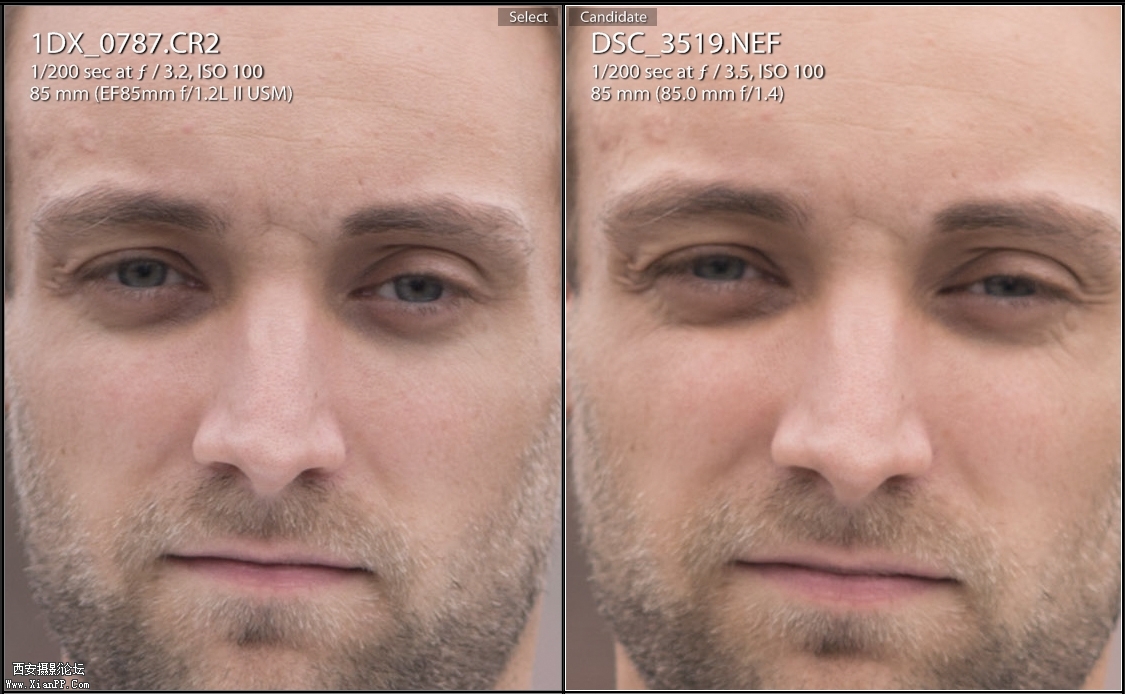
We performed this test with the 70-200mm lenses as well. Similar results. The Nikon seems “consistently good”, while the Canon is “more often great”.
Forcing Matt and Jamieson to pick a black & white winner with such grey results, both picked the same winner:
Without hesitation, the 1Dx.
SHADOW & HIGHLIGHT RECOVERYWe shoot Raw. What this means is that there’s generally a little wiggle room in post production if we want to change the colour, sharpness, and in particular the exposure of an image. Sometimes we choose to grab a shot before we have the chance to set the ideal settings on the camera. The dynamic range of a camera is what determines how much headroom we will have in a file, and therefore how far off our shot settings can be before it becomes unsalvageable.
First Matt and Jamieson shot the same scene overexposed by about three stops. When bringing the raw files into Lightroom and dropping the exposure by three stops, both cameras performed exceptionally. The resulting image was void of any highlight clipping or colour channel clipping on the subject. Incredible.
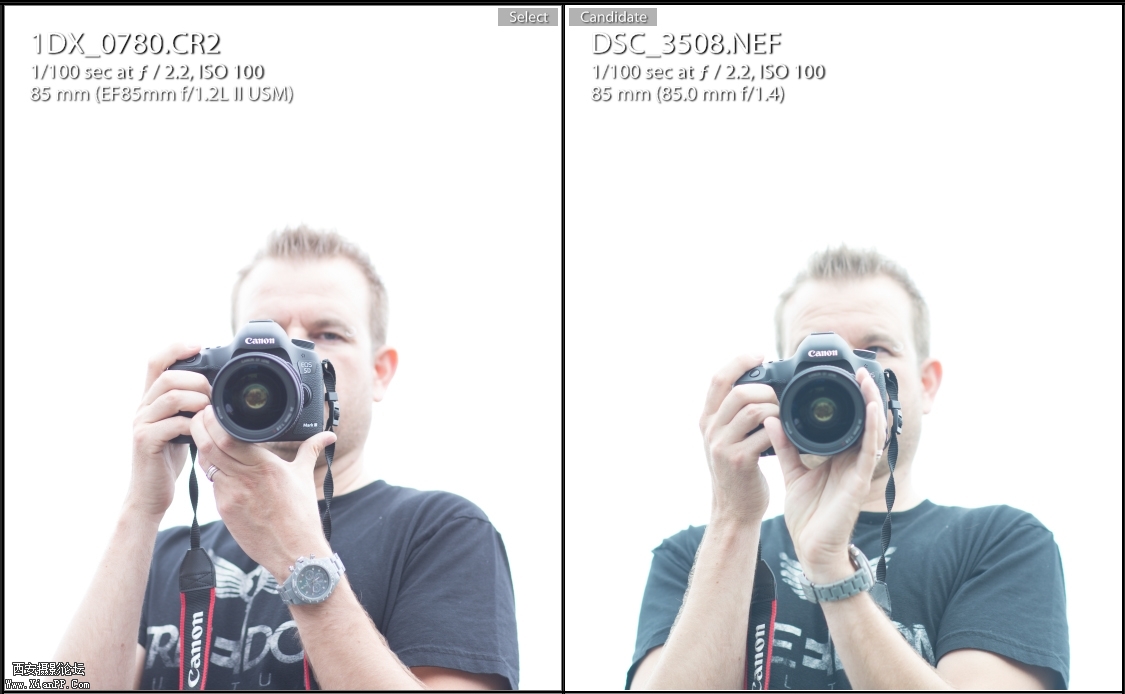
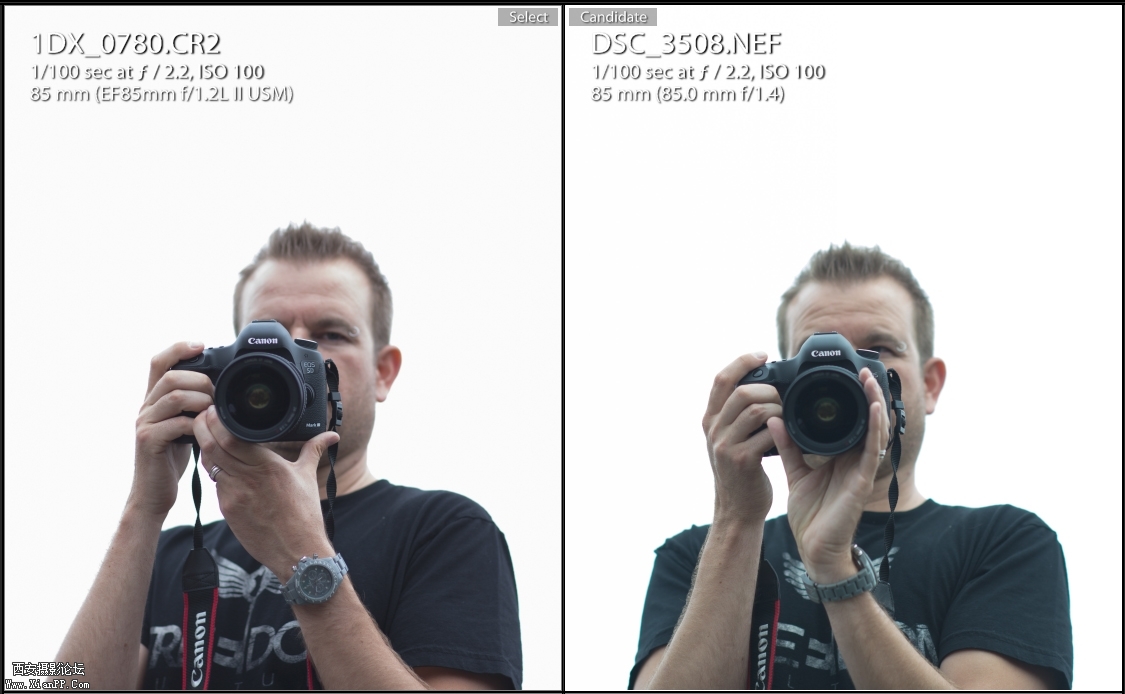
The shadow recovery test was a different story altogether…
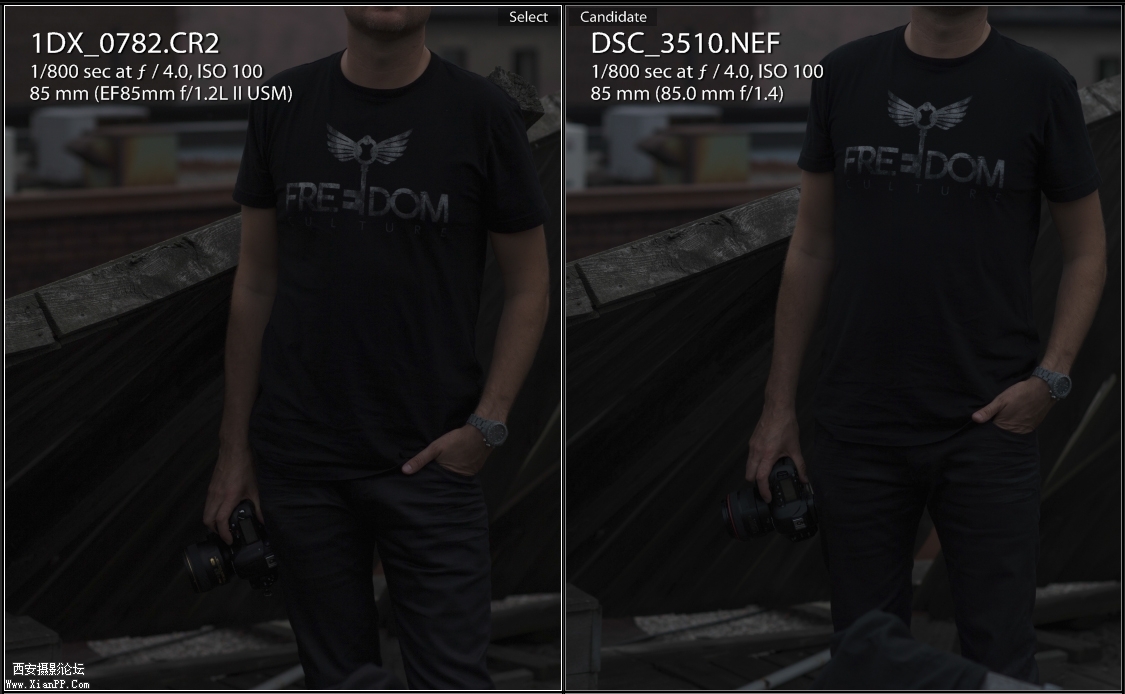
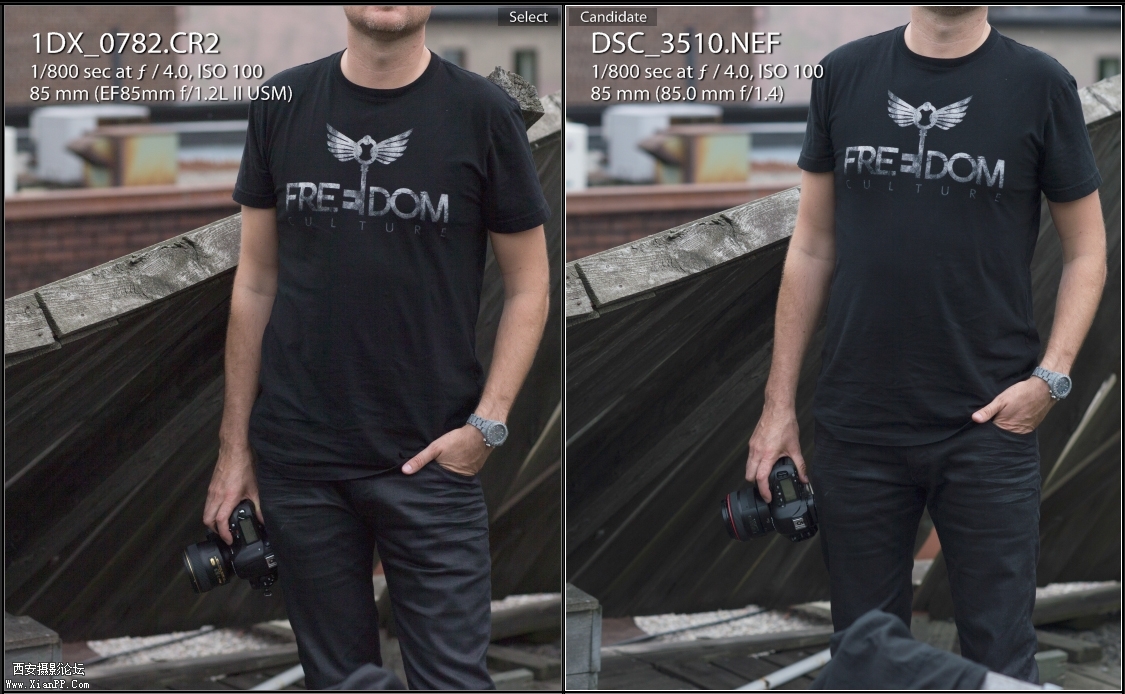
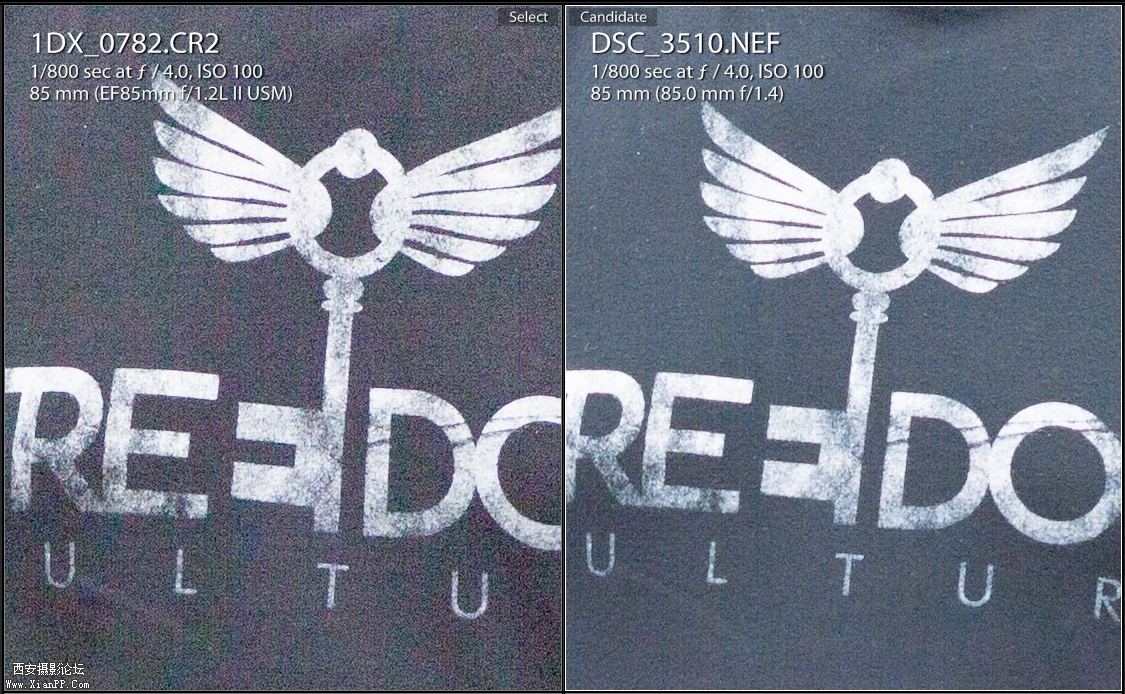
We’ve heard that the Nikon D4 has a more advanced analog to digital converter, which places the ADC on-chip and preserves analog signal by digitizing it earlier in the processing chain. In contrast, the Canon’s analog signal from the sensor has to travel a bit farther to a separate processor to become digital. This means that the analog signal, having farther to travel, is more susceptible to picking up noise before it becomes digital. Signal to noise. How does this geek talk translate to shadow recovery? That deep shadow noise that you don’t see in a normal image becomes more obvious when the exposure is pushed a few stops in-post. When examining a shot that was underexposed, then rescued by pushing it three or four stops, the Nikon D4 showed a clear advantage over the Canon 1Dx. There was noticeably more noise in the 1Dx shadows after the rescue, whereas the Nikon D4 still maintained a very clean image. Shadow recovery: Win for Nikon, though it should be noted that Matt actually still preferred the overall look and colour of the Canon image, even after the shadow recovery. Jamieson disagrees, and has given Nikon a full point for this.
THE GREEN SCREENAs mentioned in the opening paragraph, the bone that Matt has to pick with Nikon is over the greenish colour cast present on both the Nikon D4 LCD screen as well as its images. After using a handful of Nikon’s top end cameras over the past decade, this is the first time Matt has seen an issue like this with any Nikon camera. Matt is not alone in noticing this issue with the Nikon D4, as a simple internet search will instantly reveal many others complaining of the same green screen issue. Matt has actually called Nikon about the issue and feels that Nikon may have been a bit coy in their response when they claimed that this was the first they have heard of it, and boldly claimed that the D4 has a more actuate screen than its predecessors. Maybe Nikon doesn’t have the internet? Needless to say, the greenish cast that the Nikon D4 exhibits is enough of an issue to put Matt into a big decision scenario; stay with Nikon or switch to Canon? Though there have been reports and claims of fixes and work-arounds to counter the green screen issue, we found that none have been effective in resolving it. Canon has an incredibly enticing system in the 1DX…is it enough to sway Matt away from his beloved Nikon system after over a decade of professional loyalty?
Check out the video review with Jamieson and Matt, where Matt makes his decision!
|







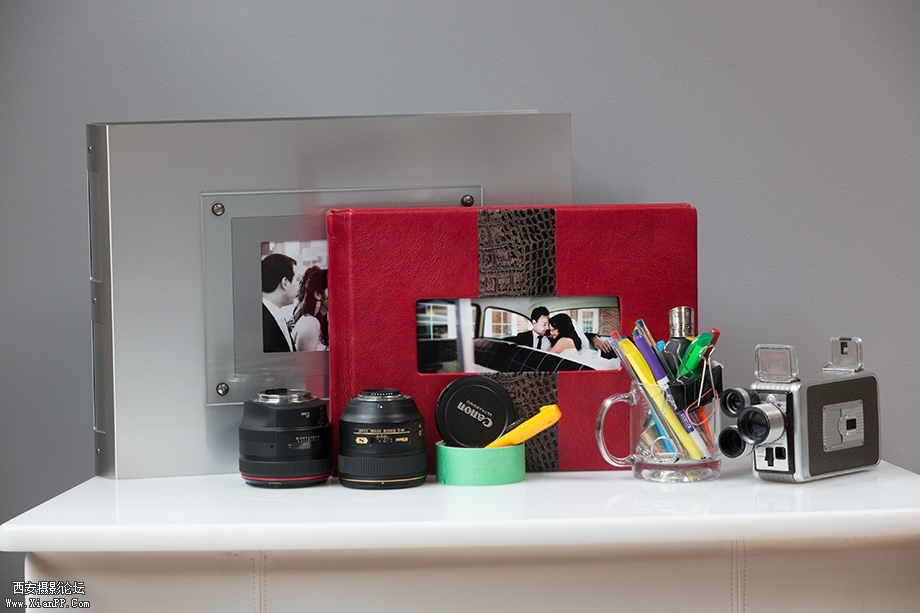

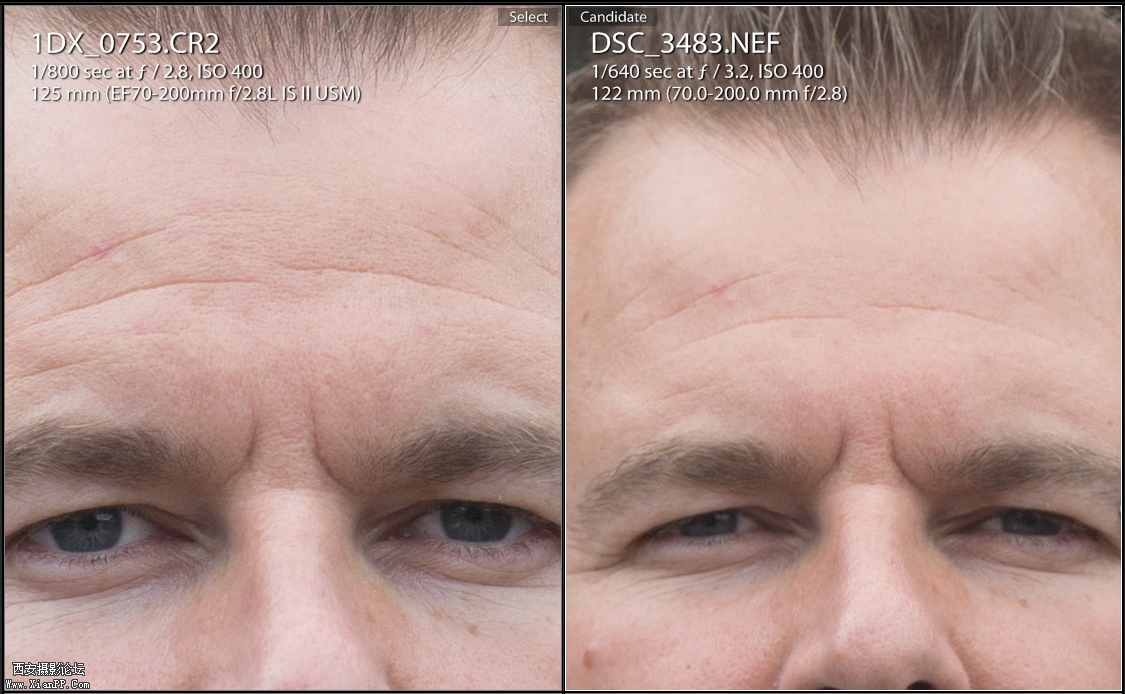





 提升卡
提升卡 置顶卡
置顶卡 沉默卡
沉默卡 喧嚣卡
喧嚣卡 变色卡
变色卡 千斤顶
千斤顶 显身卡
显身卡












 陕ICP备13009155号-2
陕ICP备13009155号-2